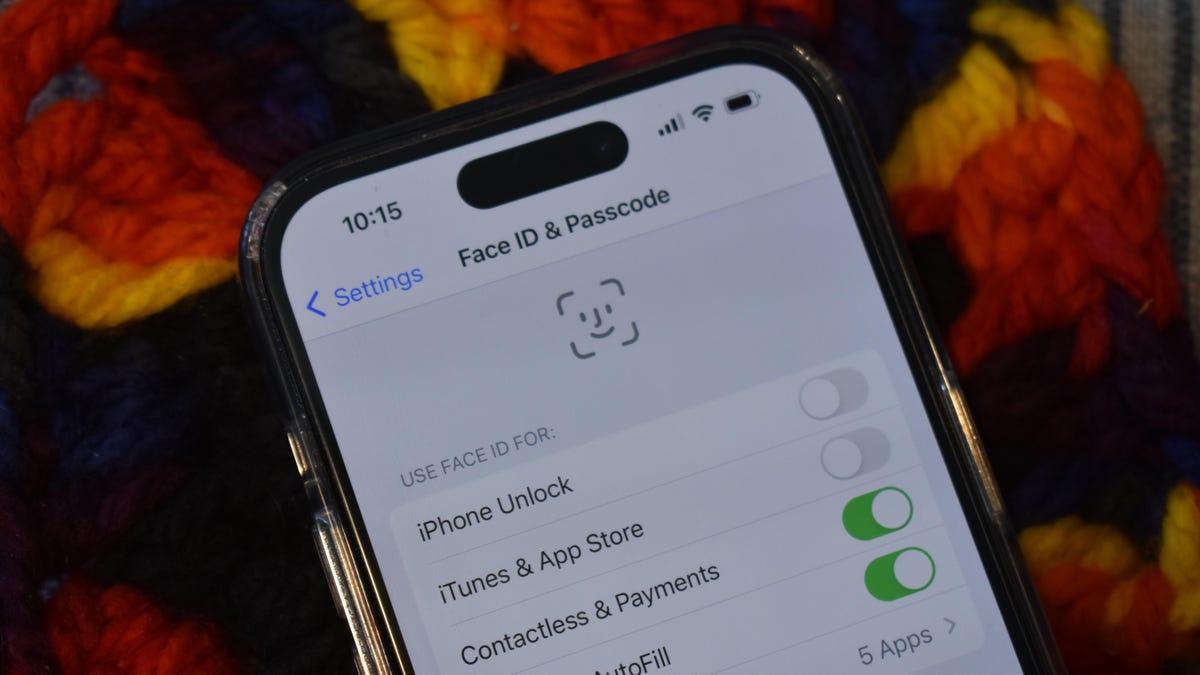The Ninth Circuit Court Ruling on Police and Biometric Privacy
Last week, the 9th Circuit Court of Appeals in California issued a ruling that determined state highway police had acted lawfully in forcing a suspect to unlock their phone using their fingerprint. This decision, though not widely covered by the media, carries significant implications regarding biometric privacy and law enforcement practices. While not granting blanket permission for law enforcement to use biometric data to unlock phones, the ruling serves as a cautionary reminder about the potential risks associated with relying on biometrics for safeguarding sensitive information.
The Specific Case and Legal Justifications
The United States v. Jeremy Travis Payne case involved the lawful use of the suspect’s thumbprint to unlock their phone following a drug-related arrest. The court panel determined that the actions of the highway officers did not violate the suspect’s constitutional rights against self-incrimination or unreasonable search and seizure. Despite the absence of previous judicial guidance on the compelled use of biometrics to unlock devices, the court concluded that in this context, it did not constitute testimonial evidence.
The suspect, Payne, was on parole at the time of the incident, being stopped by the California Highway Patrol for alleged drug possession. While the parole agreement required him to provide a passcode for his devices, it did not explicitly address biometric data. The court reasoned that the compelled use of the thumbprint fell within the scope of a lawful procedure akin to a fingerprint taken during booking, providing access to potential information without requiring cognitive effort.
Expert Perspectives on Biometrics and Law Enforcement
The Electronic Frontier Foundation has emphasized the importance of turning off biometric features on devices before engaging in situations where police interaction is likely, such as protests. Andrew Crocker, Surveillance Litigation Director at the EFF, highlighted the distinction between password protection and biometrics in terms of Fifth Amendment safeguards. While passwords involve the disclosure of mental contents, biometric data may pose fewer legal barriers due to the physical nature of unlocking methods.
Despite the perceived convenience of biometric authentication, concerns persist regarding law enforcement access to personal data through device unlocking. The intricacies of biometric privacy and legal protections remain unsettled, prompting individuals to consider disabling biometric access when facing potential police encounters. The evolving legal landscape underscores the need for caution and proactive measures to safeguard digital privacy.
Challenges and Considerations for Personal Data Security
While there is no fail-safe method to prevent law enforcement access to device content, turning off biometric features offers a practical step towards enhancing privacy protection. The absence of definitive legal guidelines on nested biometrics underscores the importance of utilizing additional security measures such as encryption for sensitive apps and communications.
In cases of warranted searches, where police may lawfully access device contents, encrypted messaging services and secure app settings become essential for maintaining digital privacy. Without clear legal precedents, individuals are advised to exercise discretion in their use of biometric authentication methods, prioritizing security and minimizing potential risks of unauthorized data access.
Image/Photo credit: source url





